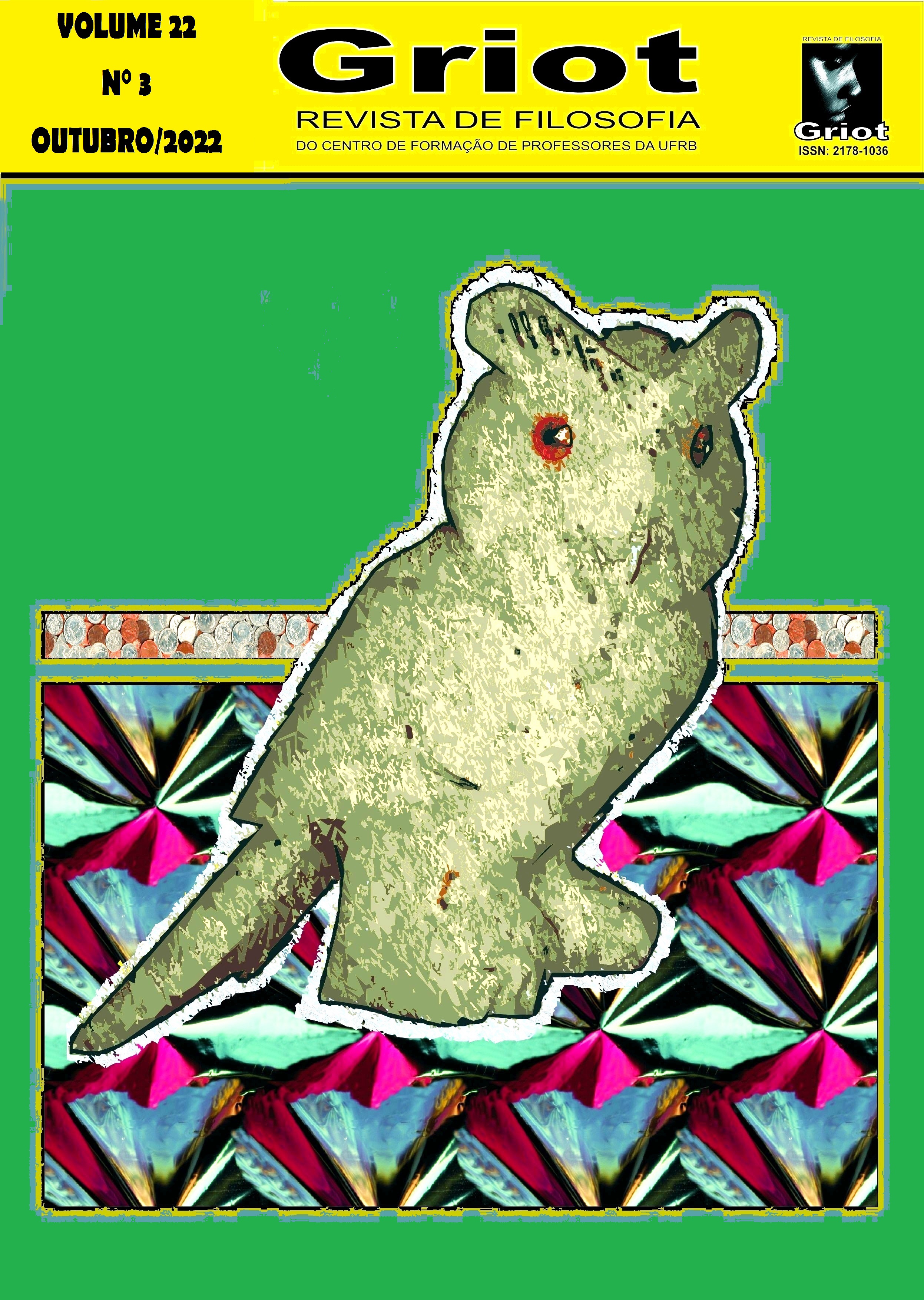The archaeology of the present and the question of the subject in the thought of Giorgio Agamben
DOI:
https://doi.org/10.31977/grirfi.v22i3.3059Keywords:
Archaeology; Subject; Method; Agamben; Ethics.Abstract
This article proposes to show how the Agambenian archaeology takes place through a double movement that, at one and the same time, displays tradition from an exceptional paradigm. It is possible to think here of a play on words, since the word paradigm is usually used as a synonym for model and, in this sense, the exception is what models that which tradition has transmitted and, equally, repressed. However, with his characteristic gesture, Agamben takes the word paradigm back to its etymological sense, as "that which is shown alongside", and gives it a strategic meaning in his archaeology. Like the example, the paradigm displays the functioning and belonging of something without belonging to that which is displayed, showing itself alongside, subtracting its belonging to a rule. What it displays is the exceptional structure of tradition, also referring the word exception to its etymological sense, "caught outside". This sense, which defines the exception as such, is used to characterise the way in which tradition operated by presupposing an origin. This presupposition of an originary dimension, prior to all supposition, destined as an underlying foundation, the sub iectum, that is, the problem of the subject.
Downloads
References
AGAMBEN, Giorgio. “O que é um dispositivo?”. In: AGAMBEN, Giorgio. O que é o contemporâneo? e outros ensaios. Tradução de Vinícius Nicastro Honesko. Chapecó, SC: Argos, 2009.
AGAMBEN, Giorgio. O que resta de Auchwitz: O arquivo e a testemunha. Tradução de Selvino J. Assman. São Paulo: Boitempo, 2008.
AGAMBEN, Giorgio. Homo Sacer: o poder soberano e a vida nua. Tradução de Henrique Burigo. 2ª edição. Belo Horizonte: Editora UFMG, 2010.
AGAMBEN, Giorgio. A comunidade que vem. Tradução de Cláudio Oliveira. Belo Horizonte: Autêntica Editora, 2013.
AGAMBEN, Giorgio. “Aby Warburg e a ciência sem nome”. In: AGAMBEN, Giorgio. A potência do pensamento: ensaios e conferências. Tradução de António Guerreiro. Belo Horizonte: Autêntica editora, 2015a.
AGAMBEN, Giorgio. “A coisa mesma”. In: AGAMBEN, Giorgio. A potência do pensamento: ensaios e conferências. Tradução de António Guerreiro. Belo Horizonte: Autêntica editora, 2015b.
AGAMBEN, Giorgio. “Che cos’è un comando?”. In: AGAMBEN, Giorgio. Creazione e anarchia: l’opera nell’eta dela religione capitalista. Vicenza: Neri Pozza Editore, 2017a.
AGAMBEN, Giorgio. O uso dos corpos. Tradução Selvino J. Assmann. São Paulo: Boitempo, 2017b.
AGAMBEN, Giorgio. Signatura rerum: sobre o método. Tradução de Andrea Santurbano, Patricia Peterle. São Paulo: Boitempo, 2019.
LÖWY, Michel. Walter Benjamin: aviso de incêndio – uma leitura das teses “Sobre o conceito de história. São Paulo: Boitempo, 2015. p.74.
MAGALHÃES, Danielle. Quando o céu cair. Rio de Janeiro: 7Letras, 2018.
MARCHESONI, Stefano. “Dell’inapprooriabile. Agamben e la deposizione del soggetto”. In: ORSENIGO, Jole (org.). Figure del soggeto: Eredità, genealogie, destituzioni. Milão: Mimesis Edizioni, 2017. p. 118.
Downloads
Published
How to Cite
Issue
Section
License
Copyright (c) 2022 Caio Paz

This work is licensed under a Creative Commons Attribution 4.0 International License.
The authors who publish in Griot: Revista de Filosofia maintain the copyright and grant the magazine the right of first publication, with the work simultaneously licensed under the Creative Commons Attribution 4.0 International License, allowing sharing and adaptation, even for commercial purposes, with due recognition of authorship and initial publication in this journal. Read more...









































































